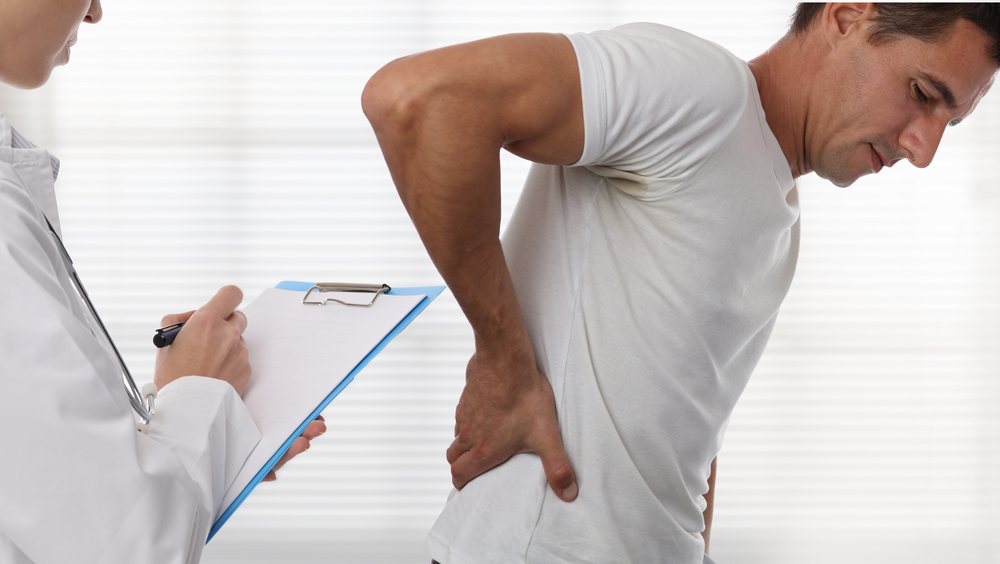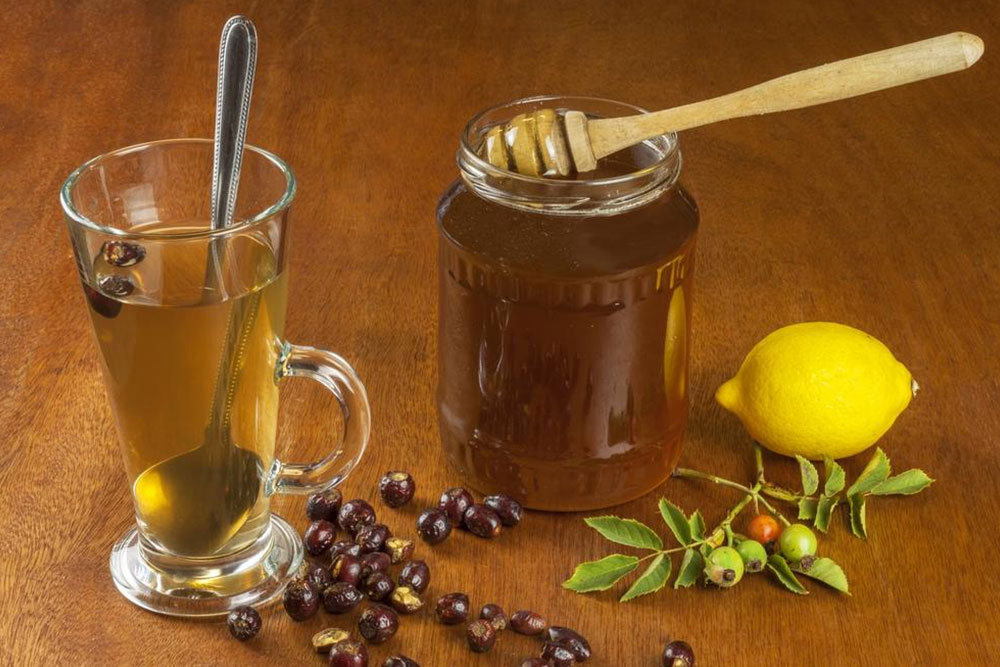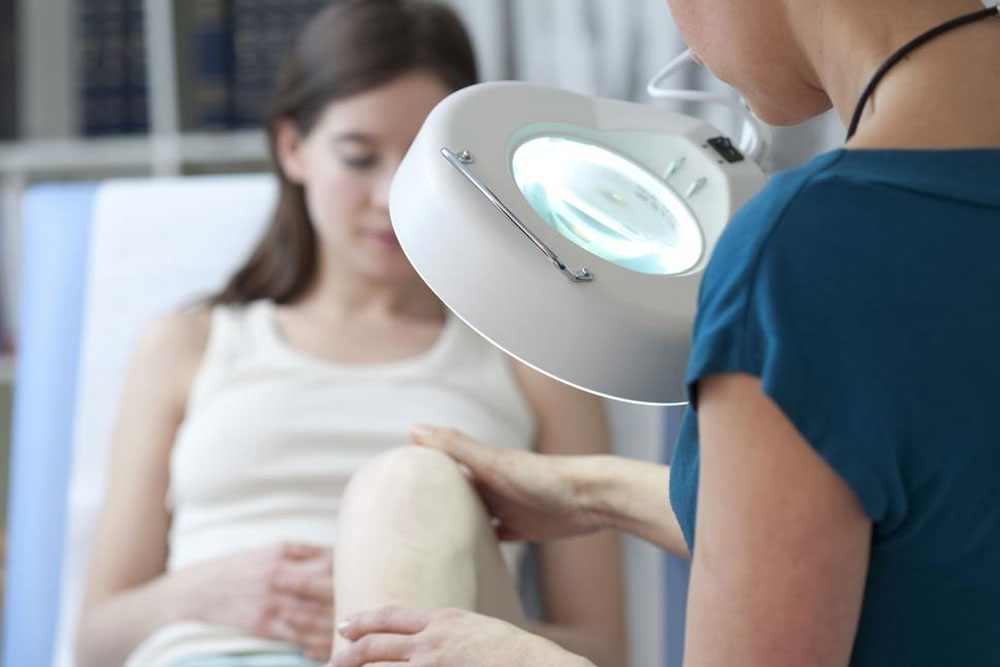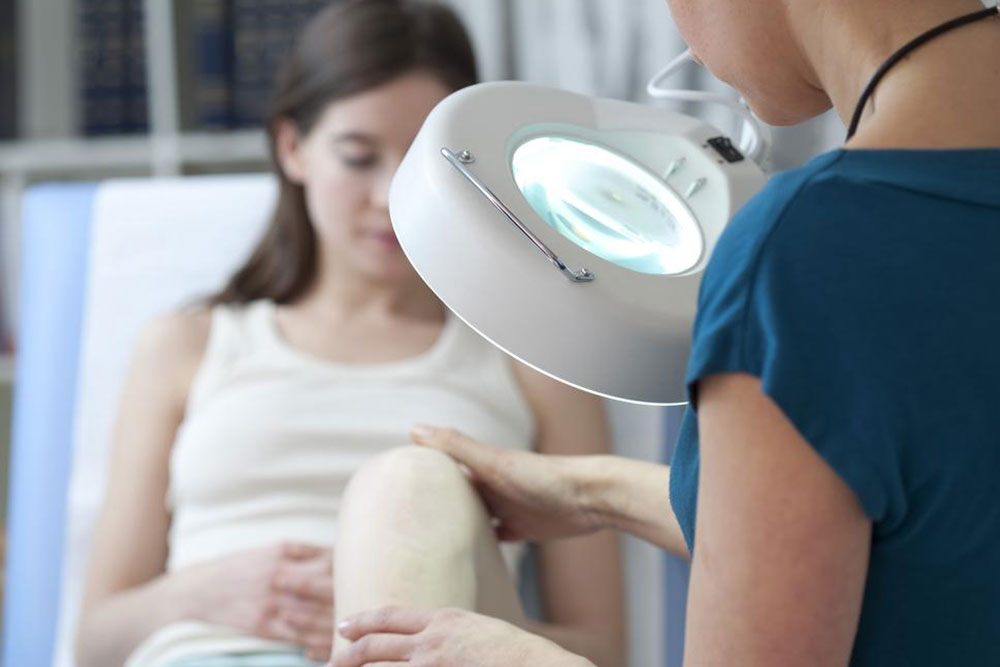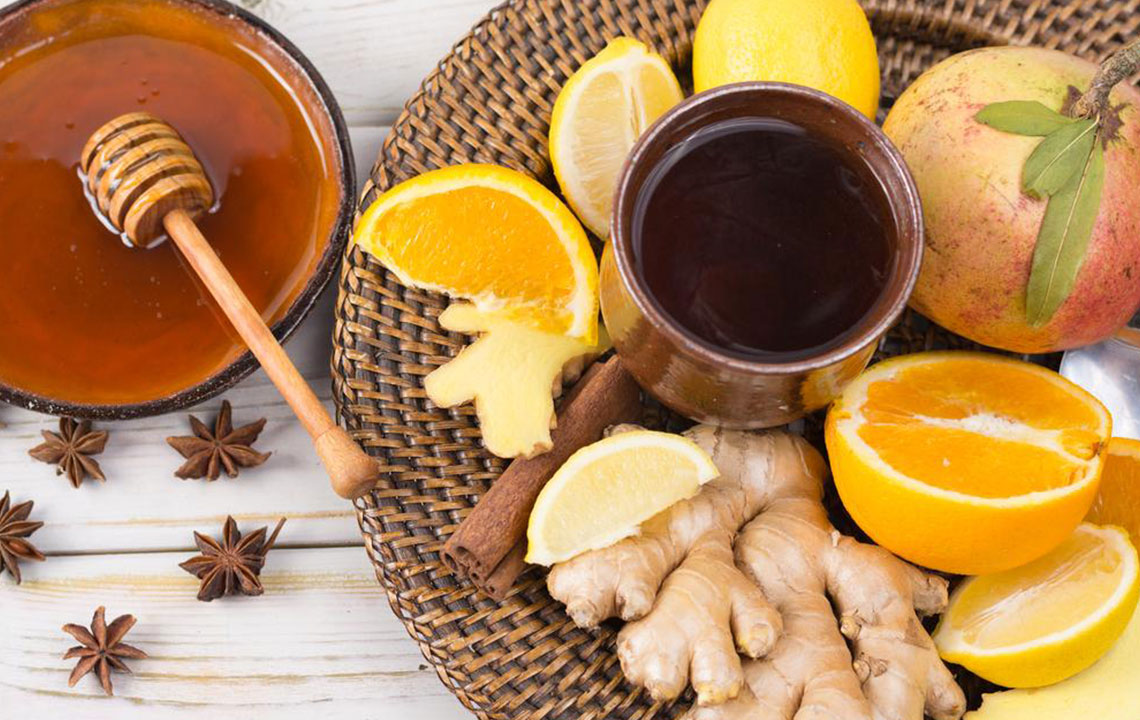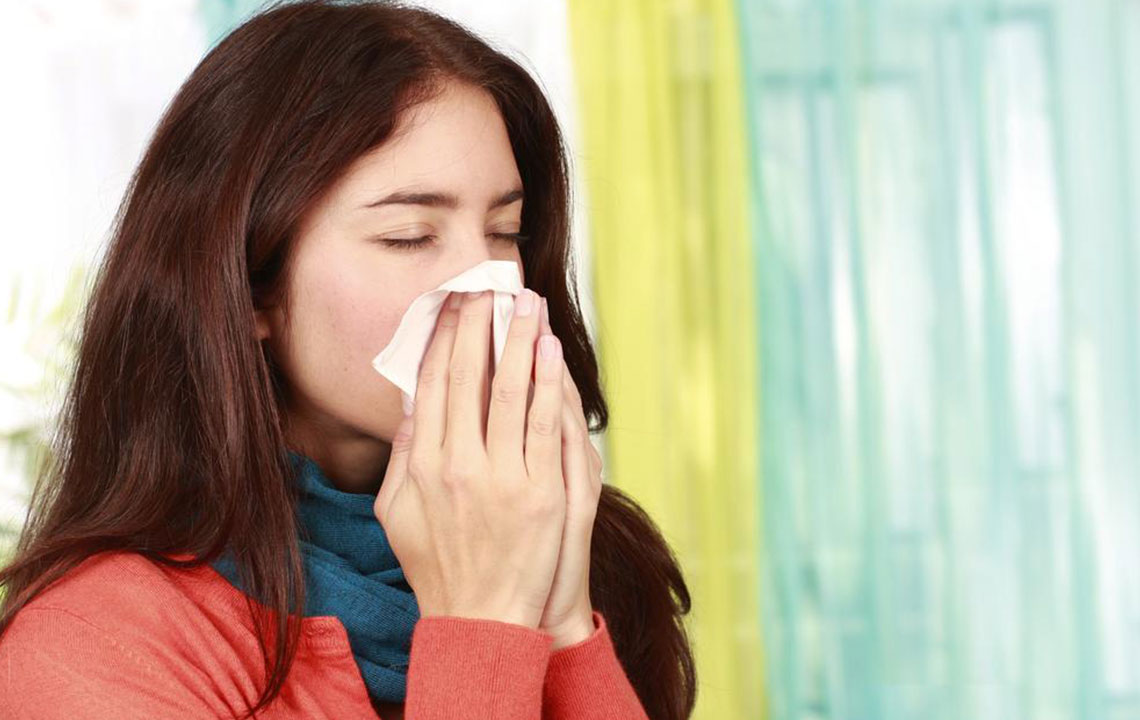Comprehensive Home Remedies for Managing Baker's Cyst Effectively
Discover comprehensive home remedies for Baker's cyst management. Learn how stretching, R.I.C.E, medications, and lifestyle changes can alleviate pain and swelling. Expert tips included for effective symptom relief and prevention.
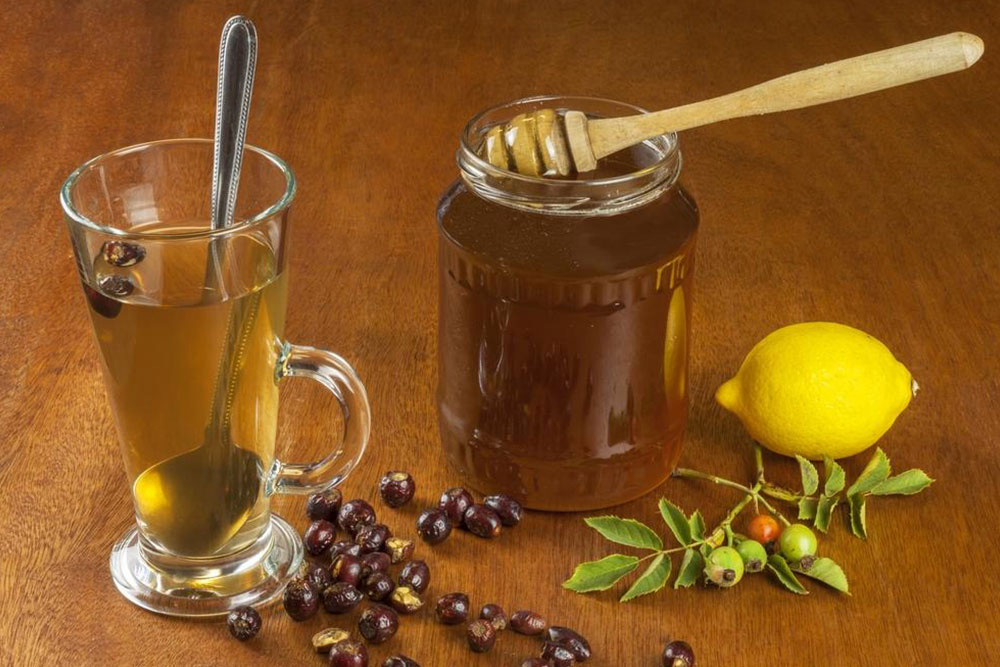
Comprehensive Home Remedies for Managing Baker's Cyst Effectively
A Baker's cyst, also known as a popliteal cyst, manifests as a swelling located behind the knee joint, resulting from excessive fluid accumulation within the joint capsule. This condition is often linked to underlying joint problems, such as meniscal tears, osteoarthritis, rheumatoid arthritis, or other inflammatory joint diseases. When the synovial fluid, which acts as a lubricant and protector of the joint, leaks into the popliteal space, it causes a noticeable lump behind the knee. While some Baker's cysts may resolve spontaneously, persistent or painful cysts require appropriate management to alleviate symptoms and prevent complications.
Understanding the causes and effective home remedies can significantly improve quality of life for those affected. Whether you are experiencing mild discomfort or more significant swelling, implementing certain lifestyle modifications and remedies can help manage this condition at home. However, it is vital to seek medical attention when symptoms worsen or do not improve, as more advanced treatments may be necessary.
Below are detailed and effective home remedies and tips that can help manage Baker's cyst symptoms:
Gentle Stretching and Physical Exercises: Engaging in specific stretching exercises can help reduce tension on the knee joint, improve flexibility, and promote fluid drainage. Sit comfortably in a chair or lie down with your leg elevated. Gently reach toward your foot without bending the knee excessively. Alternatively, while standing, place your leg on a sturdy chair to support and reduce stress on the joint. When lying down, elevate your leg on pillows, supporting your calf to encourage fluid movement away from the cyst site. Consistent gentle stretching can improve circulation and decrease stiffness, potentially alleviating discomfort over time.
Application of R.I.C.E Method: Rest, Ice, Compression, and Elevation is a cornerstone for managing swelling and pain. Immediately rest the affected leg, avoiding strenuous movements that could exacerbate inflammation. Apply an ice pack wrapped in a clean cloth or towel to the cyst area for 10-20 minutes, three times daily. This helps constrict blood vessels and reduces swelling. After initial swelling diminishes, you may switch to heat therapy to improve blood flow if recommended by healthcare providers. Additionally, wrap the knee with an elastic bandage or compression sleeve to provide support. Ensure the bandage is snug but not too tight to prevent circulation issues. Elevate your leg on pillows whenever sitting or lying down to facilitate fluid drainage and decrease swelling.
Use of Over-the-Counter Medications: Nonsteroidal anti-inflammatory drugs (NSAIDs) like ibuprofen or naproxen can effectively reduce pain, inflammation, and swelling associated with Baker's cysts. Acetaminophen may also be used for pain relief if NSAIDs are contraindicated. Always follow dosing instructions and consult a healthcare professional before starting new medications, especially if you have underlying health conditions or are taking other drugs. Consistent use of these medications, combined with other remedies, can greatly improve comfort and mobility.
Maintaining a Healthy Weight: Excess weight puts additional stress on the knee joints, increasing the likelihood of developing or worsening Baker’s cysts. Adopting a balanced diet and incorporating regular low-impact exercises like swimming or cycling can help maintain a healthy weight, reducing pressure on the knees and promoting joint health.
Proper Footwear and Joint Protection: Wearing supportive shoes can minimize impact and reduce joint strain. Using assistive devices or braces as advised by a healthcare professional may also help protect the knee from further injury.
Monitoring and Avoiding Aggravating Activities: Activities that involve kneeling, heavy lifting, or high-impact sports could worsen symptoms. Adjust daily routines to avoid unnecessary strain on the knees, allowing the joint to recover and the cyst to heal.
Natural Anti-inflammatory Remedies: Certain herbal supplements or natural remedies like turmeric, ginger, or omega-3 fatty acids may aid in reducing inflammation. Always consult a healthcare provider before adding new supplements, especially if you are on medication or have chronic health issues.
While these home remedies can be beneficial, they are not substitutes for professional medical assessment and treatment. Persistent or worsening symptoms warrant consulting a healthcare provider for accurate diagnosis, potential aspiration, or surgical options. Early intervention can prevent complications and improve recovery outcomes.
In conclusion, managing Baker’s cyst at home with proper exercises, anti-inflammatory measures, and lifestyle modifications can significantly reduce symptoms and promote healing. Combined with medical advice, these strategies empower individuals to take control of their knee health and maintain an active, comfortable lifestyle.
